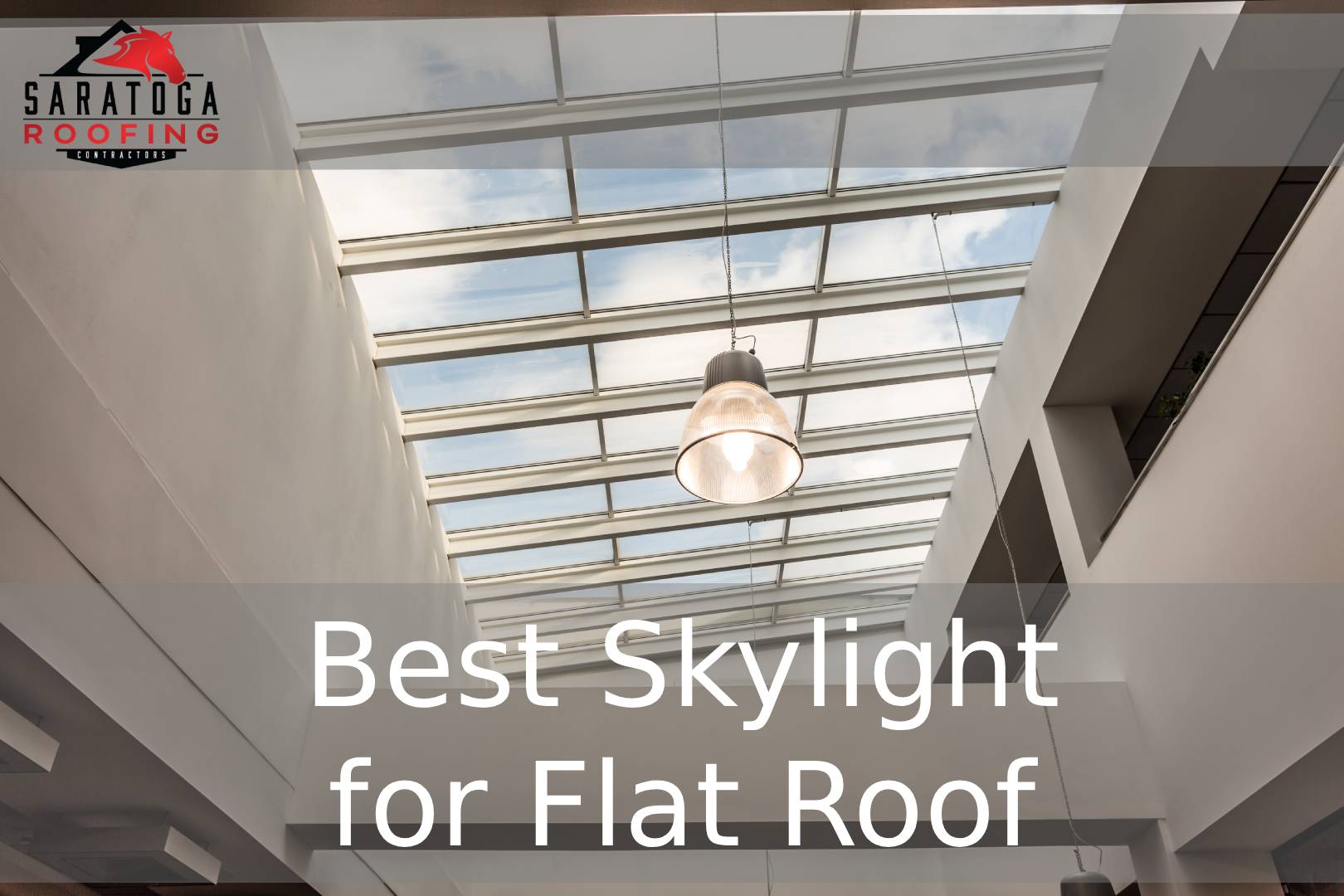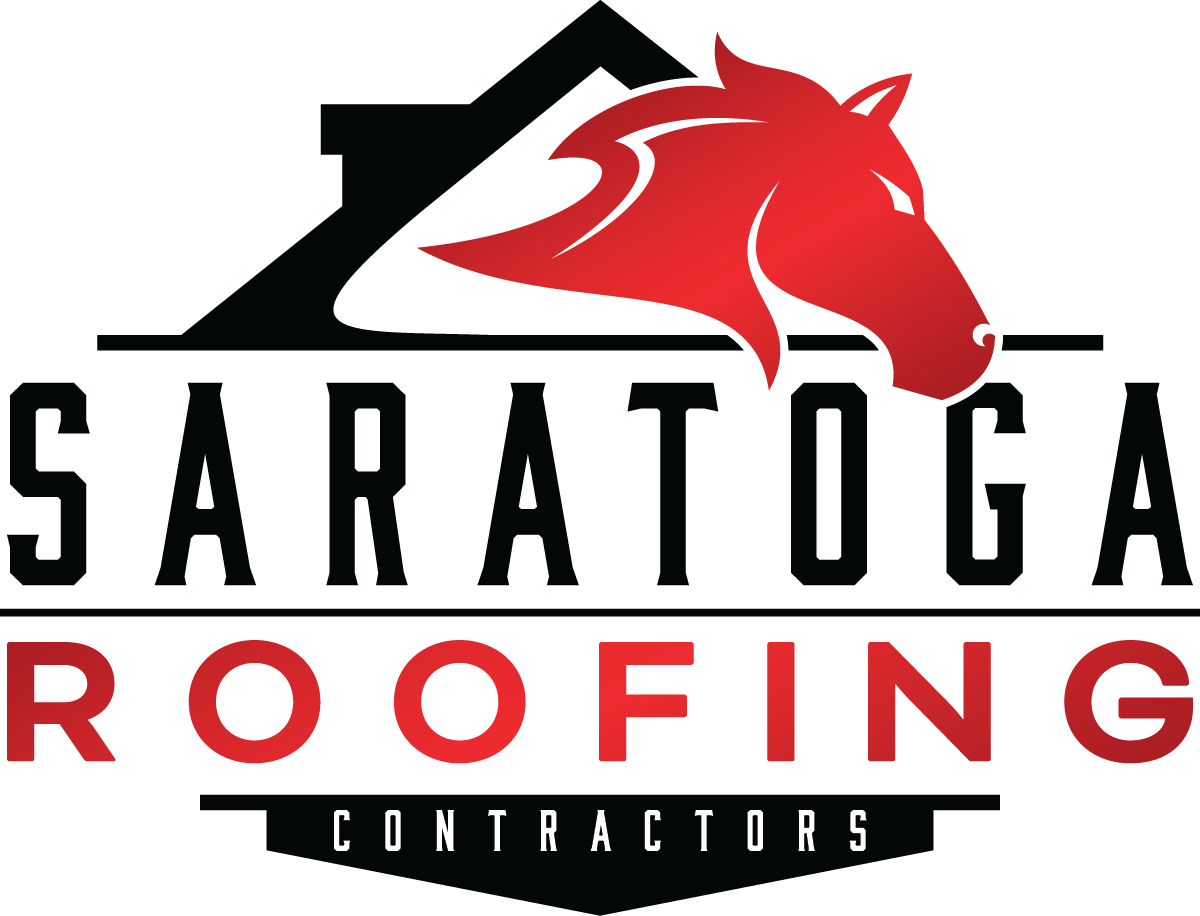
Flat roof skylights are transforming dark spaces across modern homes, delivering natural light while boosting energy efficiency.
NOTE: The right skylight choice can reduce your electricity bills by up to 30% while potentially increasing your property value.
Choosing the best skylight for flat roof applications requires understanding unique installation challenges and selecting features that work specifically with your roof’s structure.
Unlike pitched roofs, flat roofs present unique considerations, including specific water drainage requirements and specialized structural support needs.
This guide covers the top skylight types for flat roofs, essential features to prioritize, and practical buying tips to help you make an informed decision that brightens your space for years to come.
Why Flat Roofs Need Special Skylight Considerations
Flat roofs require specialized skylight solutions that differ significantly from traditional pitched roof installations.
The primary challenge involves effective water drainage and preventing pooling, which can lead to leaks and structural damage over time.
Standard skylights designed for pitched roofs aren’t suitable for flat applications because they lack the elevated design needed for proper water runoff.
NOTE: Water pooling around improperly installed skylights is the leading cause of leaks in flat roof applications.
Professional installation becomes critical to ensure proper flashing, sealing, and structural integration.
Building regulations typically require upstands of at least 150mm for flat roof skylights to meet drainage and thermal performance standards.
Working with experienced contractors like those at Saratoga Roofing ensures your skylight installation meets all local building codes and performance requirements.
Curb Mounted vs. Deck Mounted: The Clear Winner for Flat Roofs
Curb-mounted skylights are the recommended choice for flat roof applications due to their superior design advantages.
These skylights mount on an elevated wooden frame (called a curb or upstand) that’s built directly onto the roof deck.
The elevated design is essential for effective water drainage, preventing water accumulation that could lead to leaks or structural issues.
NOTE: The minimum recommended curb height is 100mm, with 150mm required to meet most building regulations.
Curb-mounted systems feature an insulating air pocket between the skylight and roof deck, providing better thermal performance than flush-mounted alternatives.
Deck-mounted skylights, although suitable for pitched roofs, pose drainage challenges on flat surfaces and are generally less suitable for these applications.
Professional installation requires fortifying the wood curb with waterproof membrane underlayment before anchoring the skylight unit.
Timber curbs are mandatory in cyclonic regions to ensure structural integrity during severe weather conditions.
Material Showdown: Flat Glass vs. Acrylic Dome
Flat glass skylights represent the superior choice for modern flat roof applications, offering significant advantages over acrylic alternatives.
Glass provides near-perfect transparency with no distortion, whereas acrylic domes often create wavy visual effects and may feature a bronze tint.
Energy efficiency strongly favors glass construction, which can be completely sealed and often features low-emissivity coatings that reduce heat gain by up to 65% in summer.
NOTE: Flat glass skylights typically cost $100-$150 more than acrylic domes, but the investment pays off through superior durability and performance.
Glass skylights offer more extended warranties – VELUX flat glass units include 10-year hail and no-leak warranties, while acrylic domes rarely include such coverage.
Sound reduction is another significant advantage, with glass skylights reducing outside noise by up to 50% compared to acrylic alternatives.
Acrylic domes weaken over time due to heat exposure and are prone to clouding, cracking, and requiring more frequent replacement.
Modern glass options include features like Neat® coating for reduced water spotting and easier cleaning maintenance.
Fixed vs. Opening Skylights: Which Fits Your Needs?
Fixed skylights work best for spaces where natural light is the primary goal, such as hallways, stairwells, and utility rooms.
These non-opening units offer the most cost-effective solution with lower product costs and minimal maintenance requirements over time.
Frameless fixed skylights provide the sleekest appearance and are often top sellers for design-focused flat roof installations.
NOTE: Fixed skylights cannot support airflow or passive cooling, making them ideal only when other ventilation systems exist.
Opening skylights becomes essential for kitchens, bathrooms, and living spaces where moisture control and air quality matter most.
Vented skylights help meet Building Regulations Part F for ventilation requirements while providing passive cooling that reduces air conditioning needs.
Manual crank systems typically cost £1,500-£2,000 installed, while electric models range from £2,000-£3,000+ for complete installation.
Electric opening models can function as emergency egress when properly sized (minimum 0.33m² with 450mm clear height/width, within 1.1m of floor level).
Modern electric skylights include rain sensors that automatically close the unit when precipitation begins.
Top Brands and Recommendations for Flat Roof Skylights
VELUX leads the market with its Flat Roof Skylights (FCM/VCM/VCS series), featuring CurveTech glass, which is explicitly designed for efficient water drainage.
SM GlassTech specializes in bespoke flat roof solutions featuring frameless bonded glazing and triple-IGU options, achieving a Uw value of 0.85 W/m²K in thermal performance.
Roof Maker offers Passive-House-certified units with industry-leading energy figures of Uw 0.93 W/m²K, ideal for low-energy construction projects.
NOTE: Always verify that skylights carry BSI Kitemark or CE/UKCA marks applied to the complete assembly, not just individual components.
Key features to prioritize include double or triple glazing, Low-E coatings, argon gas fills, and thermally broken frames for optimal performance.
Professional installation remains crucial regardless of brand choice, as improper installation voids most manufacturer warranties.
Local contractors, such as Saratoga Roofing’s team, experienced in flat roof applications, ensure proper sizing, flashing, and long-term performance.
Consider warranty coverage carefully – premium brands typically offer comprehensive protection, including guarantees for hail damage and leaks.
Making Your Final Decision
Prioritize curb-mounted flat glass skylights for most flat roof applications, as they provide the best combination of performance, durability, and water management.
Consider your specific needs, including ventilation requirements, budget constraints, and aesthetic preferences, when making final selections.
Fixed units work well for simple daylighting, while opening skylights becomes necessary for moisture control and meeting building ventilation codes.
NOTE: Quality installation by experienced professionals ensures optimal performance and protects your warranty coverage.
Consult with professional installers for proper sizing recommendations and structural assessments before making final purchase decisions.
Energy efficiency should influence your choice – invest in double or triple glazing with low-emissivity coatings for long-term energy savings.
Don’t compromise on drainage features – ensure your chosen skylight includes proper water management systems for flat roof applications.
Professional guidance from companies like Saratoga Roofing helps navigate technical requirements while ensuring code compliance and optimal performance.
If issues arise later, experienced contractors can provide reliable skylight repair services to maintain your investment.
Frequently Asked Questions
What size skylight works best for flat roofs?
Skylight sizing depends on the room’s dimensions and the desired light levels.
Generally, skylights should equal 5-15% of the floor area for optimal natural light without excessive heat gain.
Can I install a skylight on any flat roof?
Most flat roofs can accommodate skylights, but structural assessments determine load-bearing capacity and proper placement.
Building regulations may require structural modifications for larger units or multiple installations.
How much does flat roof skylight installation cost?
Installation costs vary from £1,500-£4,000+ depending on skylight type, size, and complexity.
Fixed glass units typically cost less than opening models, while bespoke sizing increases overall project costs.
Do flat roof skylights always leak?
Properly installed skylights with adequate curb height rarely leak.
The key involves professional installation with proper flashing, sealing, and drainage systems designed for flat roof applications.
What maintenance do flat roof skylights require?
Regular cleaning and seal inspection prevent most issues.
Clear debris from drainage areas, check sealants annually, and schedule professional inspections every few years.
Are opening skylights worth the extra cost?
Opening skylights provides essential ventilation for moisture-prone areas like kitchens and bathrooms.
The additional cost becomes worthwhile when building codes require ventilation or when passive cooling benefits justify the investment.
Can skylights improve home value?
Quality skylights typically increase property value by improving natural light, energy efficiency, and overall aesthetic appeal.
The return on investment varies by location, but most homeowners see positive value increases.
What’s the difference between cheap and premium skylights?
Premium units offer better glazing, stronger frames, comprehensive warranties, and superior weather sealing.
Cheaper options may require more frequent maintenance and replacement, making premium choices more cost-effective long-term.
How long do flat roof skylights last?
Quality glass skylights typically last 20-30+ years with proper maintenance and professional installation.
Acrylic alternatives may require replacement every 10-15 years due to material degradation from UV exposure.
Should I choose manual or electric opening skylights?
Electric models offer convenience and automatic rain sensing, while manual versions cost less and avoid electrical complications.
Consider usage frequency, accessibility, and budget when making this decision.
Transform Your Space with the Right Skylight Choice
Selecting the best skylight for flat roof applications transforms dark spaces while delivering long-term energy savings and improved property value.
Curb-mounted flat glass skylights provide the optimal solution for most installations, combining superior water management with excellent thermal performance.
Professional installation ensures proper function and protects your investment through comprehensive warranty coverage and code compliance.
Consider your specific needs – fixed units for simple daylighting or opening models for ventilation and moisture control in active living spaces.
Ready to brighten your space with professional skylight installation?
Contact Saratoga Roofing today for expert consultation and installation services that ensure your flat roof skylight performs flawlessly for decades to come.
